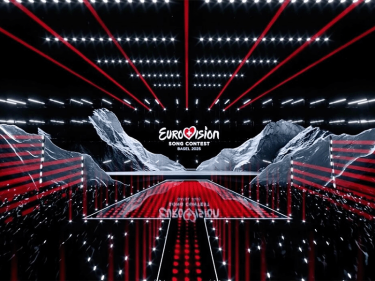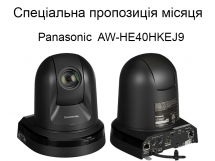| Українська | English | |||||||||||
|
|||||||||||
| News | About company | Service-centre | OB Van/SNG Rental | NextGen Energy Solutions | Contact us |
|
|
Engineering Service, Inc.
» News News As Basel welcomes thousands of fans from across Europe (and beyond) for the Eurovision Song Contest 2025, TVBEurope speaks to key members of the show’s production team to learn more about the technology used to deliver the event to millions of viewers
This year’s Semi-Finals (Tuesday and Thursday) and Grand Final (Saturday) will be overseen by head of production Tobias Аberg, whose role includes building the team for the technical production as well as coordinating and managing the full production; the broadcast, the site and the show. In total, the ESC 2025 production team consists of about 700 people, with roughly 250 directly involved in the production of the live show and TV broadcast, ranging from stage crew managing props to camera operators, follow spot operators, and multicamera directors. The show will be captured in HD, with the camera setup planned by senior multicamera director Robin Hofwander. It will consist of 25 cameras, of which eight are RF cameras. It will also feature both a 3D and 2D system, two cranes, and several dollies. “To capture the most emotional and visually stunning moments from the audience and Green Room, we have a dedicated crew focusing specifically on these areas,” explains Myriam von Necker, multicamera director for the show. “This crew consists of two handheld cameras and a Steadicam.” The production team is using two of NEP’s largest OB trucks as control rooms, equipped with:
This year’s Eurovision Song Contest involves 64 wireless microphones for show acts and delegations, plus approximately 48 additional mics for audience ambience. The show will employ two redundant sound control rooms:
In total, the show will use approximately 300 audio streams, with 46 commentators from 22 countries on site. The remaining countries will do their voice-overs from home. Eurovision Services will be responsible for delivering the feeds to broadcasters around the world. “The signals are transmitted to the delegation countries via satellite, fibre optics, and SRT through multiple paths,” says Peter Aeling, technical director broadcast. “This also applies to return feeds from the various countries during the voting phase. Eurovision Services operates a local switching hub in Basel for this purpose.” This year’s stage will be triangular and includes a 13-metre wide performance area at the front as well as an 11m catwalk leading to what the production team describe as a ‘Frame Stage’. It will incorporate various video surfaces, including a semi-transparent LED back wall, an LED floor covering the full stage and projections for scenic mountain backdrops. “The Swedish design studio VXO Design will once again be responsible for the visual graphics of the Eurovision Song Contest 2025,” explains Aellig. “For the realisation of the on-air and in-venue graphics, VXO Design relies on a powerful system based on CasparCG, the open-source broadcast graphics and video server originally developed by Swedish Television.” The show will also include what Aellig describes as a “small integration” of augmented reality (AR) with tracking cameras. “The implementation will be subtle yet effective, but we don’t want to reveal too many details—viewers will see for themselves!” Sustainability is important to all departments working on Eurovision 2025, with the production team prioritising energy-efficient lighting. The show will utilise LED lights as well as a MAD MAXX from GLP as a “big effect light”, alongside SVO-PATT from Robe and Kyalami from Ayrton. In total, ESC 2025 will incorporate about 26 different types of lighting devices, moving lights, Pixel Bars and camera lights. One of the things that makes Eurovision unique in terms of broadcast events is that it’s never held at the same venue. This can be challenging for the production team, admits Аberg: “One of the challenges that we have to work with is how to make the best use of the venue, both how we can make the best use of the main hall, but also how we can make the logistics work out for all the different parties, backstage, artists, audience etc.”
« To the list of news |
|
|||||||||||||||||
 |
+38 (044) 593-18-20 +38 (073) 593-18-20 +38 (096) 532-96-82 +38 (095) 532-96-82 Service center Telegram @Engineer_Service |

|
|
|||||
 |
e-mail: engineer-service.tv 15 Vavylovykh str., Kiev, 04060, Ukraine Authorized service centre of Panasonic, Sony, JVC, Fujinon, Canon |
|||||||







